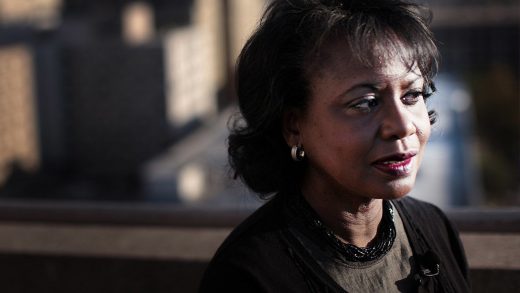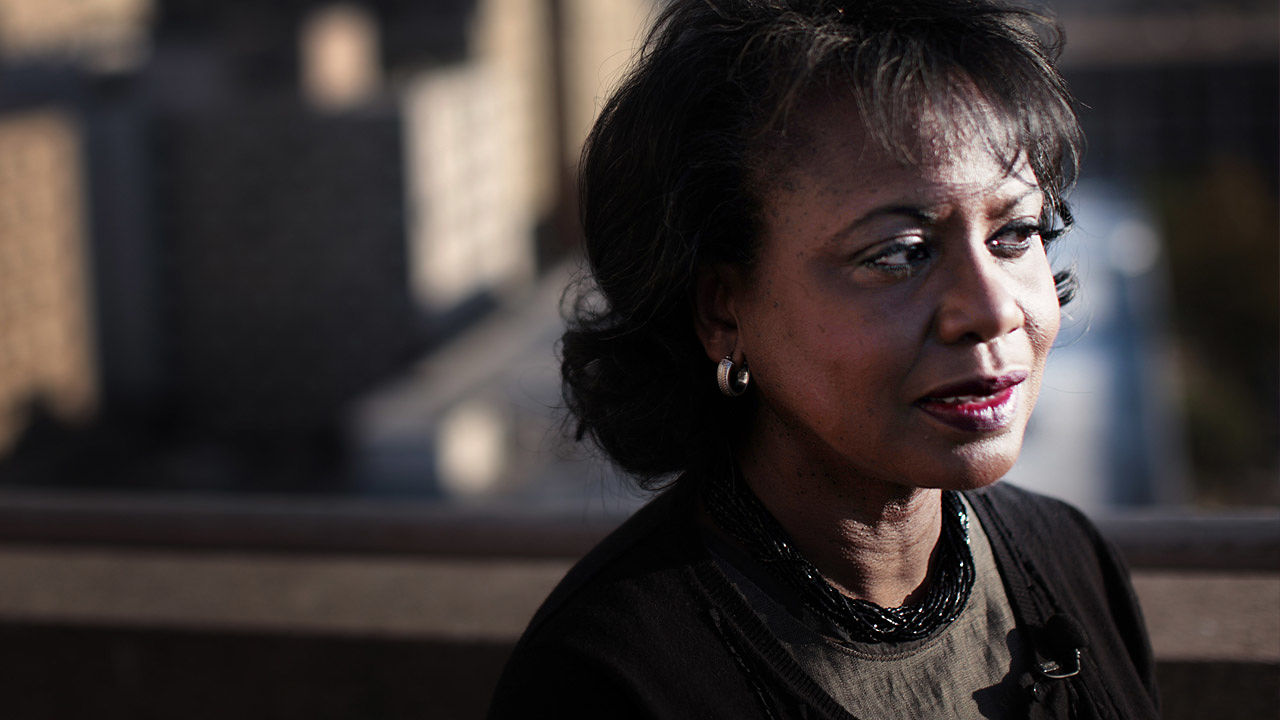that is The State Of workplace Sexual Harassment Protections within the U.S.
It’s been 25 years on the grounds that Anita Hill’s allegations of sexual harassment via Clarence Thomas introduced the difficulty into the nationwide highlight. subsequent week, HBO will free up a drama starring Kerry Washington that reprises the controversy of the Justice’s Supreme court docket nomination hearings in 1991. considering that workplace sexual harassment has been part of the national conversation for over two decades, you might think that the problem is principally settled, or at the least that there are protections in place for all employees.
far from it. The Equal Employment possibility fee (EEOC)—satirically, the federal agency Thomas chaired in 1982 and 1983, when Hill suggested to him—processed greater than 6,800 new sexual harassment costs in 2015. And while that determine used to be down through about 14% from 2010, it still very likely represents a small fraction of the misconduct that takes position in places of work nationwide.
it is widely believed that almost all incidents go unreported, and whereas 17% of the sexual harassment expenses have been filed to the EEOC with the aid of men remaining 12 months, women are disproportionate victims. A latest survey by using Cosmopolitan estimates that as much as one in three ladies are sexually confused at work.
it will be one thing if there have been a powerful prison construction (if no longer a tradition) in place to respond to the issue, but what has emerged because the Thomas hearings is rather more scattershot and limited. huge numbers of U.S. workers still haven’t any criminal recourse by any means when it comes to sexual harassment at work, particularly those working at small companies.
a few of that is frequently changing. Most not too long ago, California and the big apple passed ambitious legislation increasing statewide gender anti-discrimination protections, each of on the way to assist fight sexual harassment. And while these states are nonetheless a long way ahead of the curve nationally, there are indicators of momentum, together with from sources few would have imagined in 1991.
Who’s ignored and how Come
the main motive so many staff stay unprotected through anti-discrimination rules starts with Title VII of the 1964 Civil Rights Act, which prevents discrimination in line with race, gender, nationality, and faith. generally, that statute applies only to corporations that hire at least 15 people (the threshold was once reduced from 25 in 1972). it is up to states to make a decision whether or not to move laws masking extra of the workers Title VII leaves out, and in the fifty two years because the Act’s passage—including earlier than the Hill-Thomas controversy—many have.
Nineteen states have lowered the brink for protection under the federal 15-worker minimal, and 17 others and Washington, D.C., have scrapped it altogether. Alabama and Louisiana set the next benchmark for state statutes at 20 staff, and Maryland and North Carolina have idiosyncratic declare-submitting structures. the rest 10 either don’t have statewide anti-discrimination regulations at all or follow Title VII’s 15-employee restrict. in addition, some states have both mandated or officially “inspire” sexual harassment coaching, but predominantly for public-sector workers only.
that still leaves a lot of people out. Estimating the collection of workers who work for small businesses is difficult to do for quite a few causes (job market fluctuations, full- versus part-time status, the federal government’s reporting instruments), but in a 2014 paper on the difficulty published in the Indiana regulation review, Daniel Lewallen (presently an associate at Faegre Baker Daniels) estimated the selection of individuals working for companies of 15 employees or fewer at roughly sixteen.4 million in 2010.
“this means that roughly 14.7% of workers who labored in the us didn’t work for a business that was subject to Title VII,” he wrote, concluding that “virtually sixty six% of all institutions in the us of a do not need to agree to federal anti-discrimination statutes.”
there’s little purpose to imagine that is changed dramatically prior to now couple of years. In 2014, Lewallen estimated that Title VII covered about 34% of all U.S. employers, up from 8% when it was first implemented, 50 years prior. today, despite necessary but piecemeal development on the state stage, federal anti-discrimination protections on the whole and sexual harassment provisions in particular remain the exception, not the rule.
hanging State Efforts Into Context
Some states have been more aggressive about closing that gap than others. California’s honest Pay Act, which took effect in January and is broadly thought to be the toughest in the nation, covers all staff in the state in spite of organisation dimension. remember that, though, the measure is designed primarily to close the gender wage hole, no longer essentially to combat sexual harassment. the identical is true for big apple’s ladies’s Equality Act, a slate of employment rules that also went into effect in January and is aimed toward pay fairness and preventing human trafficking, home violence, and pregnancy discrimination.
“State regulations had been beforehand of federal regulation traditionally, with regards to that very issue: defending people at smaller firms,” Patrick Dolan, a associate at Siegel & Dolan Ltd., who makes a speciality of employment law, tells fast company. “It doesn’t shock me that there’s motion to lower the edge of minimal staff” with a purpose to do that.
It’s simply that sexual harassment isn’t necessarily on the high of the agenda. Rachel Atterberry, an attorney on the Chicago agency Freeborn & Peters LLP, says, “I haven’t seen a ton of motion on this space not too long ago. where i’ve seen far more motion is expanded protections for LGBT rights.” Dolan consents: “On gender id, gender expression, [and other] LGBT concerns—these are what states are focusing on now.”
in truth, both attorneys see the latest adjustments in employment legislation—from barring discrimination against homosexual and trans individuals to closing the gender pay hole and increasing paid household depart—as phase of a bigger focus on gender equality, sexual orientation, and gender id in the office.
In 1991, as Hill struggled simply to get her allegations taken seriously, it was once viewed partly as an indication of each the progress and boundaries of the women’s movement—extra ladies had entered the white-collar group of workers, however its culture hadn’t caught up. on the time, LGBT activists have been preventing give up fist to steady HIV/AIDS research and treatment funding; administrative center protections for sexual orientation and gender id were rarely the top-quality precedence.
lately, feminist and LGBT activists’ efforts are converging over place of business anti-discrimination issues, arguably extra so than ever earlier than. thus far, and regardless of a handful of efforts, Title VII nonetheless contains no explicit protections for sexual orientation or gender id or expression. That fight is being waged fiercely right now at the state degree. yet as Dolan points out, the EEOC itself has been “completely centered” underneath Obama’s presidency “on the difficulty of increasing protections beyond sexual orientation to gender id and gender expression.”
If these wider efforts to reshape employment law at all levels of government keep making headway, better sexual harassment protections is normally a part of them.
more than one Balancing Acts
If anything, the rather decrease profile of sexual harassment as a national difficulty attests to the broader development that’s been made on gender discrimination. on the state stage, Atterberry has viewed a gradual “growth of what sexual harassment means, and there’s a larger “willingness of businesses or courts to undertake way more nuanced interpretations of what could also be seen as sexual harassment.”
Employers have grown more subtle consequently. “the primary cases that they hear these complaints,” Atterberry says, “they have got those insurance policies in location, as opposed to this grey space . . . It used to be, ‘Oh, that’s just how Bob is.’” The law hasn’t compelled smaller businesses in the same approach, although. particularly in domestic businesses and startups, Atterberry says, it’s way more popular that “the home isn’t in order, with the intention to discuss.” There may be no reporting structure in position, no employee guide, no HR department at all.
That leaves employees susceptible. In these situations, Dolan explains that “it isn’t just an issue of what may just happen to your job, however [there are also] evidentiary issues: It’s ‘he said, she said.’” Claims aren’t simply much less prone to be pursued, they’re also much less prone to be successful.
“hear, there’s a motive that Title VII has a 15-employee threshold,” Dolan adds, “bring to mind the entire lobbying teams that give protection to small companies.” A $50,000 to $a hundred,000 declare could bankrupt a small company, he factors out, which won’t have the ability to come up with the money for the employment follow legal responsibility insurance larger corporations buy.
So whereas it’s an ethical balancing act (between helping harassment victims and protecting small-industry homeowners), it’s also a political one: States that traditionally lean right and pro-trade most often have fewer anti-discrimination statutes; people who tilt leftward and are robust on employees’ rights do. Tipping that stability means making a political case for doing so, not just an moral one. that’s a lesson that Anita Hill’s experience on the center of a contentious Supreme court nomination fight taught us 1 / 4-century ago.
(16)















